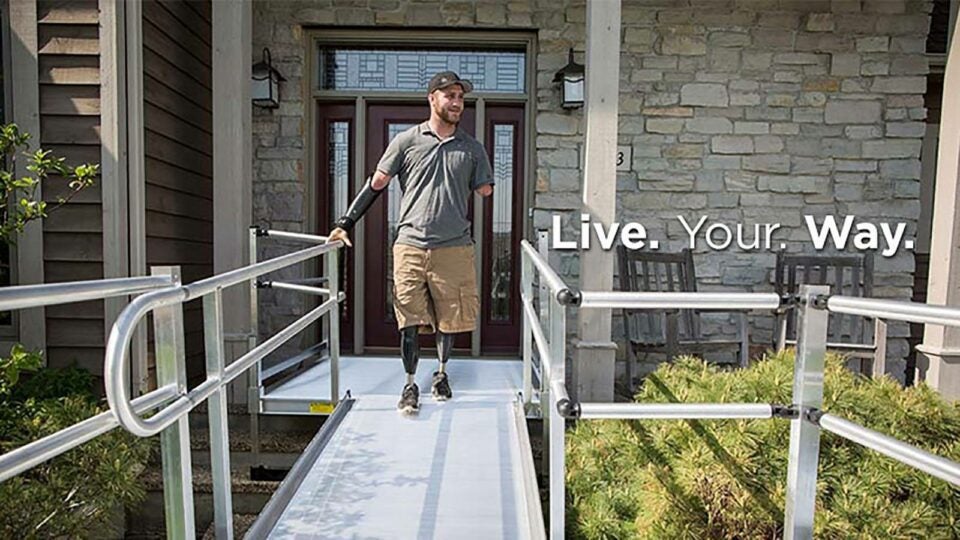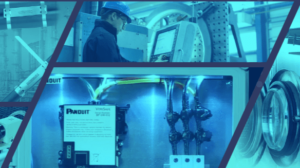Lifeway Mobility supplies ramps, stair lifts, wheelchair lifts, ceiling lifts, transfer aids, elevators and bath safety solutions to individuals and businesses in multiple states through its seven offices. The Connecticut-based company was founded by Paul Bergantino, Tim Burfield, and Dave Hess, who recognized the potential for the growing healthcare niche, historically fragmented by mom-and-pop operational suppliers.
Founded in 2015 and backed by a private equity firm, Lifeway has grown through acquisitions and has plans to become the leading supplier of accessibility solutions nationwide. Over the past five years, the company has augmented operations in Connecticut and Rhode Island, with acquisitions in Illinois, Indiana, Massachusetts, and Minnesota.
After the first few acquisitions, it became apparent that the several disconnected software programs that ran the operation couldn’t handle the scale and pace of the company’s growth. The growing list of software systems only made it more difficult. “Because our offices were established through acquisition, each one came with a legacy set of tools, software, operating platforms, process and procedures. This made it a real struggle and incredibly complex to get consolidated statements and reporting,” says Bryan Mullen, SVP Shared Services.
“We spent a lot of time asking (various offices) to export data to a common format so we could try to consolidate all the data,” he explains. “The problem was none of the source systems represented data the same way. There wasn’t any way to get an apples-to-apples comparison.”
Multiple Disconnected Systems
Lifeway Mobility’s headquarters ran on six software packages. “Most offices had QuickBooks as a system of record. For CRM, some used HubSpot, others Sugar. Most had a second platform for orders such as Med Force or Proxy. Scheduling was handled through an Outlook or Google Calendar,” Mullen says. “There was heavy use of Dropbox and other web-based document management providers.”
None of the offices had an ERP system.
“It soon became quite evident that to scale the business, the status quo wasn’t going to cut it any longer,” Mullen says.








